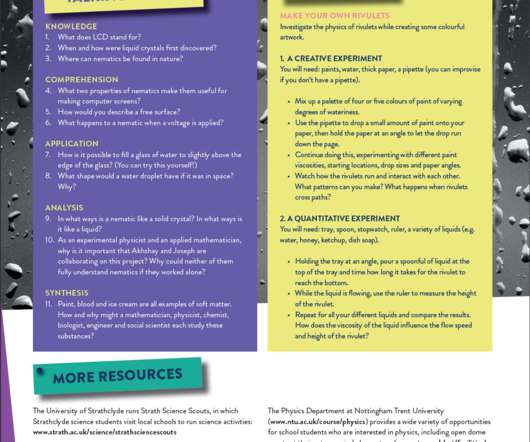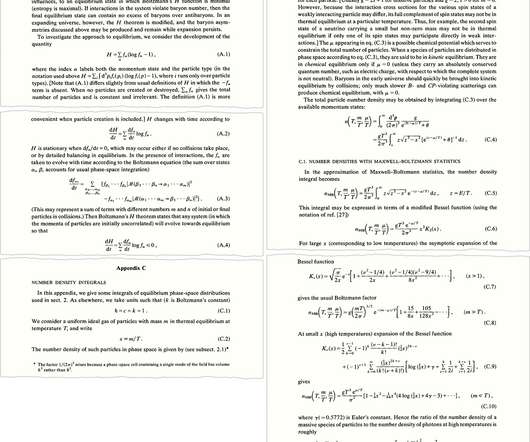Indoor STEM Activities for Kids
STEM Sport
DECEMBER 12, 2023
Focusing on STEM (science, technology, engineering, and mathematics) activities can be an excellent strategy to keep students engaged in winter. The Magic of Kitchen Chemistry Chemistry is all around us, especially in the kitchen! It’s a fantastic way to get students excited about science through hands-on learning.













Let's personalize your content